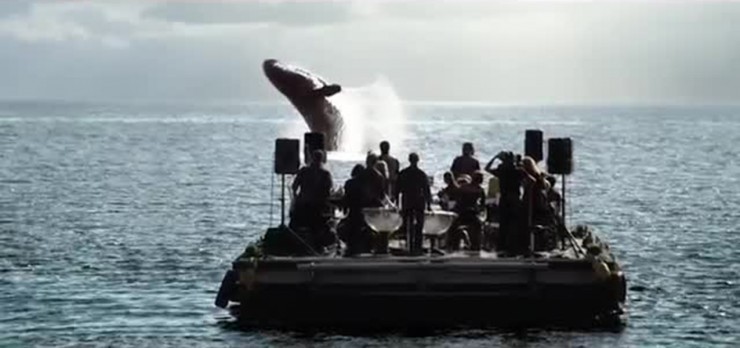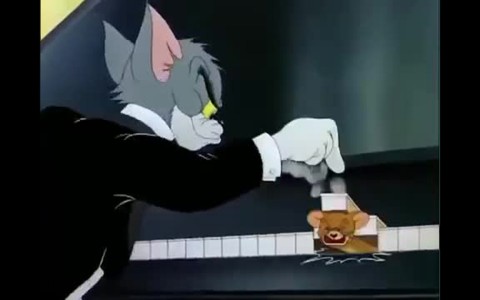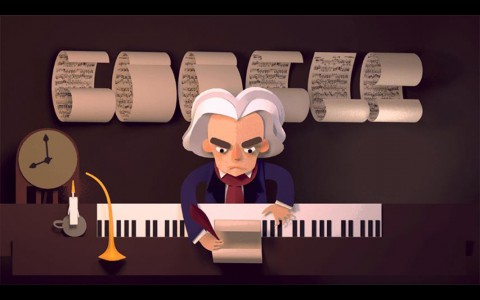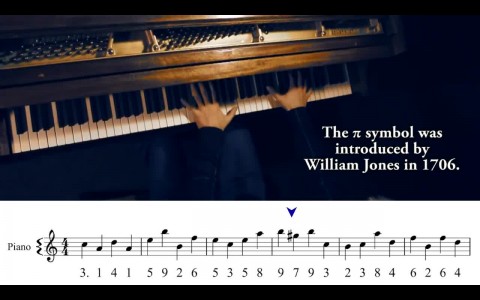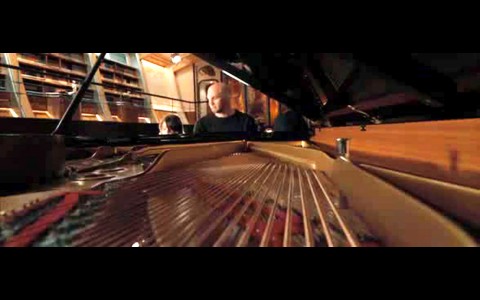The wonders of the nature never fail to awe humans; the curiosity and desire to understand animals never cease. Whales are one of the most majestic sea creatures in the vast ocean. Their incredible technique of communicating with one another is well-known, yet enigmatic.
Optus, a telecommunications company in Australia, in a marketing effort in 2009, tried to demonstrate that “When it comes to communication, anything is possible”. The company commissioned a fascinating commercial done by M&C Saatchi, Sydney, with whales as the protagonists. In the commercial, an orchestra set out to play the “whale song” in the middle of the ocean. They serenade to whales and receive astounding reactions from the impressive creatures.
Though the commercial was unreal, it showed a vision to use music to communicate with animals, and in this case, whales. It has been one of mankind’s dreams to be able to know the language of animals so that we can communicate effectively with our fellow earthlings.
Whales, being one of the animals that scientists have discovered to communicate through what was perceived as ‘songs’, have been a topic of interest to many. It is also perhaps, the fact that whales are able to communicate with one another via the vast ocean that adds to the desire to communicate with them. Humans may then dissect the mysteries of the deep ocean through this communication tool.
Music has always been a universal language to all, so why not to animals too? Many sounds made by animals like birds, whales or dolphins consist of rhythms, pitches, phrase lengths and structures. These components are also found in human music. Thus, if mankind can deconstruct the meaning behind the music made by animals, we may then find a mean to communicate with them!
The idea of imitating the songs sang by whales in the commercial may be one that scientists can look into. It is by using the method, or music that animals make, that may grant a leap in the communication between the human and animals. Whales, being one of the most intelligent animals on Earth, could be the key to this clandestine musical box.
Optus was also using the commercial as an opportunity to increase awareness of whaling and to save whales from extinction. Whales, like many other animals, are facing the threat of extinction in our modern world. One could also understand the demonstration of “When it comes to communication, anything is possible”, by Optus to utilise the commercial as a communication tool to spread the word to save whales.
The great composer, Wolfgang Amadeus Mozart, had a pet starling that might have had influenced his ‘Piano Concerto No. 17 in G’. Another composer, Alan Hovhaness, composed a symphonic poem for orchestra, And God Created Great Whales, that integrated the mesmerising recorded songs of the whales.
In history or present, music has been an attempted mechanism to connect with animals. We need dreams in order to push our limits and achieve more than what we already have. What Optus did in the commercial might seem to be an naive dream to many now but one never knows. With this ignition, someone may be inspired to achieve this dream of communicating with whales through music in the future.
